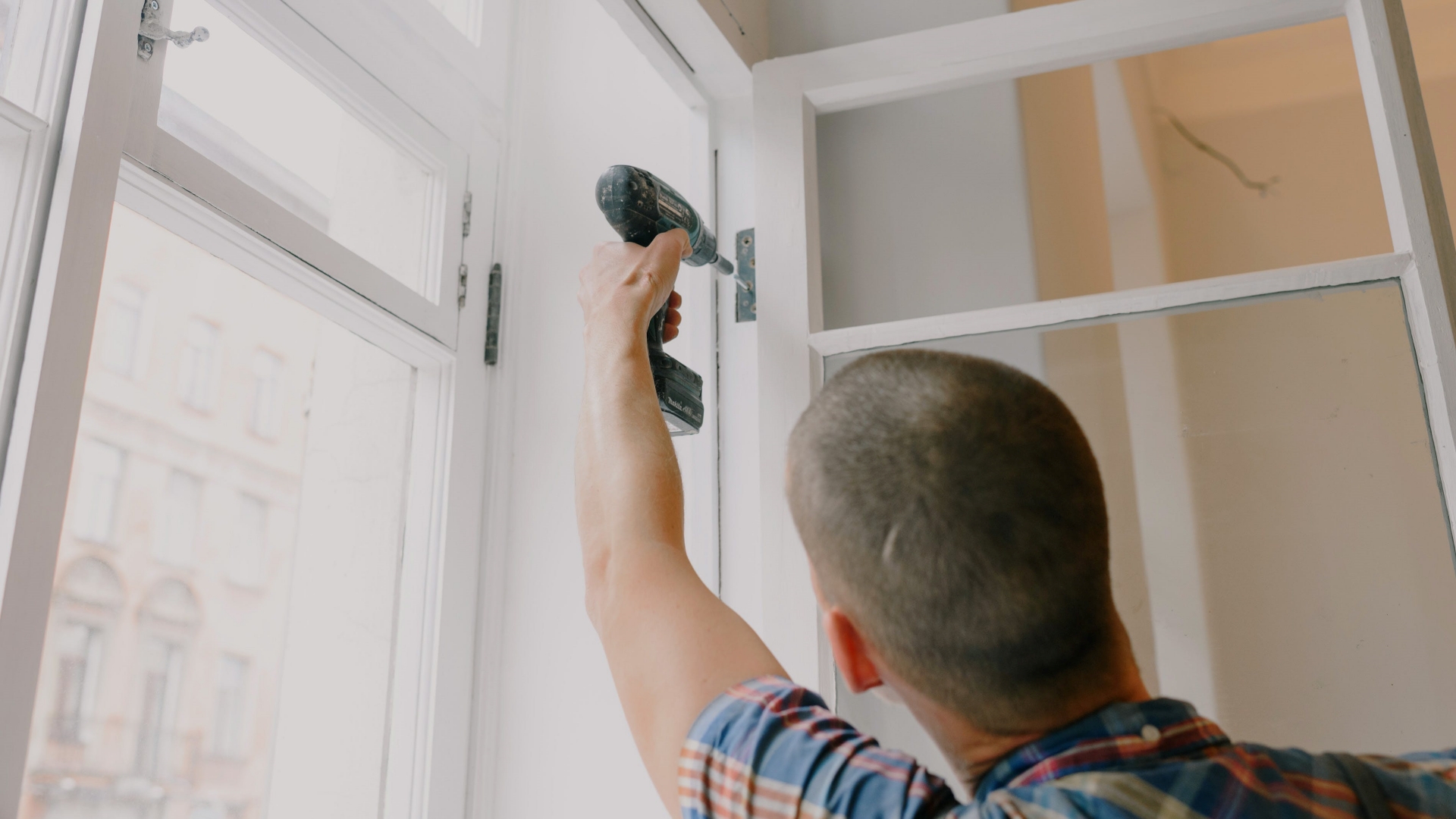The cost of electricity has increased by over 50% in the past decade. By the look of things, the cost is not about to get lower any time soon, even as the demand keeps increasing. As a result, many businesses and households are turning to renewable energy sources, such as solar, to cut costs.
Traditionally, solar energy has been used for lighting and running light household appliances. But as solar technology keeps improving, its uses are expanding to include running energy-intensive appliances such as HVAC systems.
If you are planning to invest in solar and wondering if it will help lower the cost of cooling and heating for your home or business, this guide can help you answer that question and others.
Will Going Solar Lower the Cost of Heating and Cooling?
Cooling and heating account for the most significant portion of electricity consumption, with peak consumption in summer and winter. Anything that reduces dependency on the grid electricity can help cut costs significantly.
So the simplest answer to whether incorporating solar will help lower costs is yes. Even so, the installation costs may be a little expensive, so you may want to conduct extensive research before deciding to go solar.
How Does an HVAC System Work with Solar?
You probably know that solar panels produce direct current (DC) electricity, which helps charge DC batteries. So you could wonder how that works with HVAC systems that run on alternating current (AC) electricity.
The answer is simple; you only need to install an alternator and convert DC into AC to make it usable with your home’s AC HVAC system and other electrical appliances.
Some modern HVAC systems run exclusively on DC, so if you are installing a new one that you intend to run solely on DC, you could choose that option. If you want to install an HVAC system in Seattle, Blue Flame, one of Seattle’s most efficient heating services providers, is a company you may want to consider.
When Can You Run Your System on Solar?
The efficiency of solar increases and decreases with the sun’s intensity. So in the hot summer months, you can expect your solar system to work at capacity. It is also possible to work above capacity, allowing you to store excess power in batteries.
After dark, you may need to switch to grid electricity because the power stored in your batteries may not be sufficient to power your system for the night. But running your system entirely on stored power is possible if you have large systems and batteries with large storage capacities.
Winters are a different story altogether. Short days and low sun intensity mean your panels will work at minimum capacity, and you may have to rely primarily on grid power.
How Much Is the Installation Cost of a Solar Powering an HVAC System?
The cost of installing a solar system for powering your heating and cooling appliances will depend on several factors, including the energy consumption of the unit you want to power. Also, your geographical location will come into play. Living in areas with long and cold winters may require larger panels than someone in a tropical region.
If you pay for your solar system outright, you can expect to pay between $16,000 and $36,000 for a system that produces enough power to run all your appliances at optimum capacity when the conditions are right. This cost is out of reach for most people, and you can only expect to recover the cost after five to ten years.
Fortunately, you may not always need to pay in cash. Some solar companies allow for paying installments, or you could take a loan to help spread the cost over several years.











